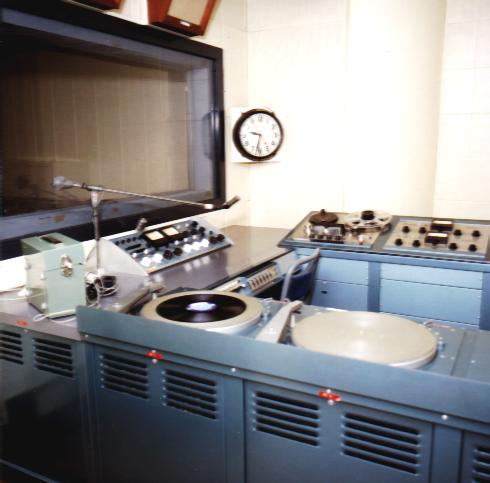Background
1. The Emergency Broadcasting System (EBS) was developed in the early ‘60s to provide information and direction to the public in the event of a nuclear attack on North America. The System’s base was the CBC’s national network of AM stations that was expanded through voluntary participation by independent broadcasters.

2. The EBS was a part of the National Attack Warning System that was intended to be triggered in conjunction with the sounding of the Attack Warning Siren System. While the sirens would have alerted the population and provided aural notice that an attack had been detected or was imminent, the EBS would have been used to provide actual notification of what was happening by providing additional information, including instructions concerning evacuation, fallout intensities at various locations, and advice on many other topics that would have been of urgent concern to the public. Thus the EBS was intended as a complement to the siren system during the initial alerting. Thereafter it would have been the main information link from the government to the public.
Operational Readiness History
3. Plans existed for the deployment of CBC personnel to the Central and Regional Emergency Government Headquarters for advisory and operational duties. Studios had been established in the CEGHQ in Carp and in six of the provinces REGHQs however their ability to broadcast directly to the populace was hampered in later years by the non-availability of connecting transmitting circuits. Given strategic warning, it would have taken from several days to a few weeks to establish the circuits permitting direct control of stations from the EBS studios. EBS operations could have been limited due to a lack of fallout protection at their non-sheltered locations and in some cases by lack of emergency power supplies.

4. After 1968, the EBS was at a reduced state of operational readiness at night when the CBC stations signed off. In 1970 non-affiliated radio stations were disconnected from the CBC/EBS network because of reduced funding. Between that time and the early ‘90s, only CBC-owned and certain affiliated stations participated in the system. It was intended that, in the event of increased tension, networks and stations would be directed to establish 24 (hours/day) and seven (days/week) operations for news and information programs, thus bringing the system to a much higher state of readiness.

5. Each of the purpose-built fallout protected Emergency Government Facilities had a CBC emergency broadcasting studio/control room. They were all similar in layout and equipment to the CEGHQ example image above. The REGHQs in Nanaimo, BC; Penhold, AB; Shilo, MB; Borden, ON and Debert, NS each had one. The REGHQ in Valcartier, QB had two to cater to the need to provide EBS in French and English.
6. As of May 1991 (largely due to budgetary pressures), the CBC ended its formal agreement with the Department of Communications for the operation and maintenance of EBS equipment. This cancellation also affected all aspects of the System including circuits, transmitter sites, studio equipment and connections, and the teletype and telephone lines which connected the EBS to its trigger mechanisms at CBC Headquarters and at the National Defence Provincial Warning Centres installations in the provinces.
7. For a video containing a clip of the CBC Studio in the CEGHQ at Carp see this extract from the CBC Archives on the Cold War and “Opening Up The Diefenbunker”. The same page has many other Cold War and Civil Defence articles both audio and video from the CBC Archives.
